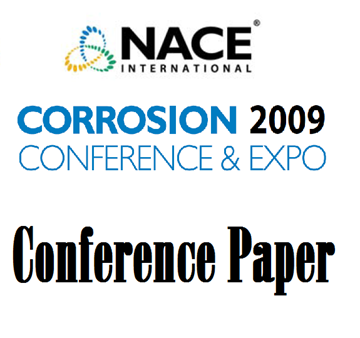Search
11255 Pitting Corrosion Mechanisms of Lean Duplex, Duplex and Super Duplex Stainless Steels in Chloride Solutions
Also Purchased
09194 Evaluation of Crevice Corrosion Resistance of Duplex and Super Duplex Stainless Steels for Seawater Pumps
Product Number:
51300-09194-SG
ISBN:
09194 2009 CP
Publication Date:
2009
$20.00
51315-5740-Crevice Corrosion Resistance of Austenitic and Duplex Stainless Steels in Chloride Solutions
Product Number:
51315-5740-SG
ISBN:
5740 2015 CP
Publication Date:
2015
$0.00
51316-6982-Corrosion Management Of Assets Constructed In Super Duplex Stainless Steels (SDSS)
Product Number:
51316-6982-SG
ISBN:
6982 2016 CP
Publication Date:
2016
$20.00




